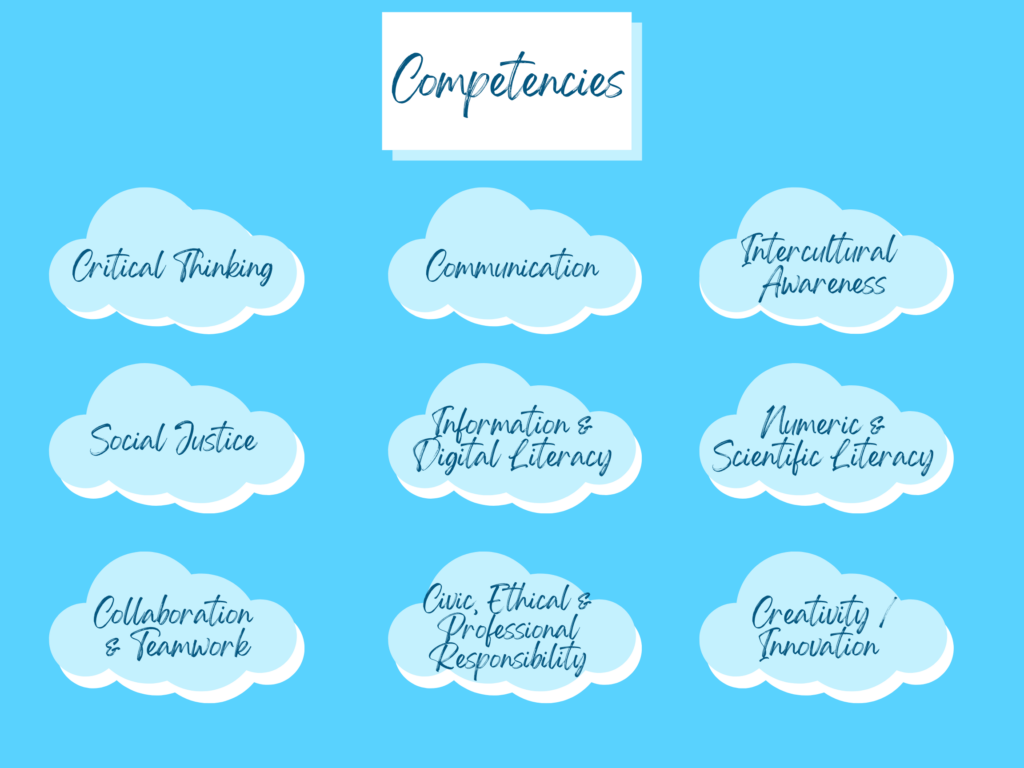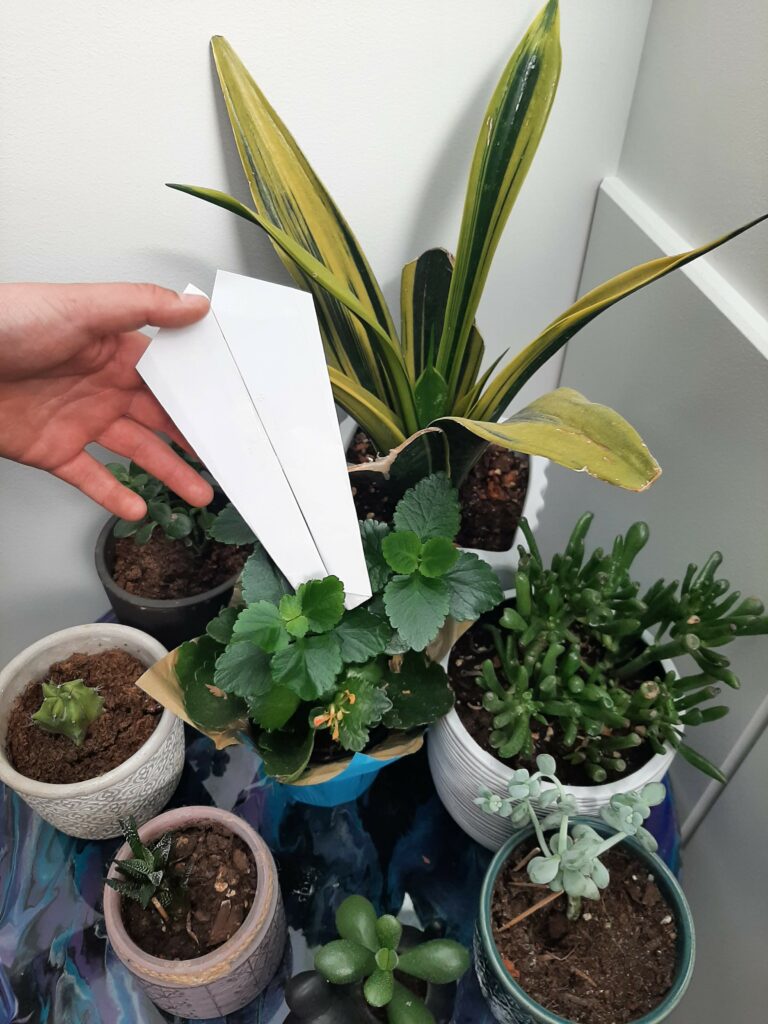
Critical Thinking:
I encouraged critical thinking in the classroom, notably on connecting course material to the real world. I asked students to connect material to current events and their lives.
Communication:
The students in my classes often worked in groups. The group work they did encouraged communication between the students. I also asked many questions and provided many opportunities for input to increase communication between myself and the students.
Intercultural Awareness:
My second practicum started in the month of May which is Asian heritage month and Jewish heritage month. I mentioned these in the current events of my Humanities 8 class and imbedded it in the content of my Humanities 8 and Psychology 12 class. In my Humanities class I did a lesson on race, religion, and social class during the Renaissance where the students learned about the way that intersectionality between those identities happened in the Renaissance and their heritage today. In the Psychology class we did a unit on self and personality so in that class we looked at how race, culture, and religion impact the self and personality, with attention paid to when the lesson was done.
Social Justice:
I discussed social justice in my classes. I told students in psychology about psychological biases and prejudice. My humanities class learned about social justice through current events and comparisons of social change during the Renaissance to social change today.
Information and Digital Literacy:
The students in my psychology class had a debate that allowed them to work on information and digital literacy. They discussed relevant points and researched their own topic and the topic they debated against with valid online sources. They read through the information to pull out important topics.
Numeric and Scientific Literacy:
I imbedded numeric and scientific literacy into my Humanities 8 class. I did this when teaching about the scientific revolution during the Renaissance. I had the students learn about the scientific method then test it by making their own paper airplanes and measuring the distance to participate in the scientific method. In doing this they also measured distances numerically. This got the students used to the idea that numeric and scientific literacy is important, even in a Humanities class.

Collaboration and Teamwork:
I love collaboration in my school processes and have allowed for collaboration and teamwork in my practicum classes. They would work together in games, debates, activities, discussions, and experiments. They worked in teams as small as pairs to as large as groups of about 8. I gave my students many opportunities for meaningful collaboration and teamwork.
Civic, Ethical, and Professional Responsibilities:
As a professional, I always act ethically and professional inside and outside of the classroom. I also allow for conversations on civic responsibility and ethics through methods such as current events and class conversations.
Creativity/Innovation:
I gave my students many opportunities for creativity and innovation, especially in their summative assessments. The students got to choose how to display information. This was especially true in my Psychology 12 class in my first practicum. I received incredible submissions as papers, videos, art, and live action skits. These presentations allowed students to demonstrate the learning in whatever way they saw fit.